A Guide To Spike Your Interest In Mexico Cave Exploration
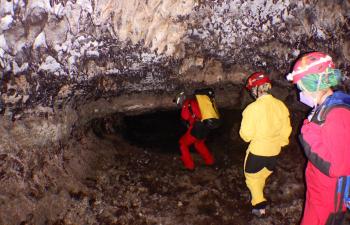
The Yucatan Peninsula in Mexico is regarded as one of the best places on Earth for cave diving. This vast limestone platform, which spans more than 250,000 square kilometres, offers plenty of cave passages and perfect conditions both above and below the water.
Cenotes, which are the entrances to this karst wonderland, are named after the Mayan word "dzonot," which translates to "holy well." It is currently estimated that there are between 8,000 and 10,000 cenotes spread out over the vast Peninsula, only a small portion of which have been found and investigated.
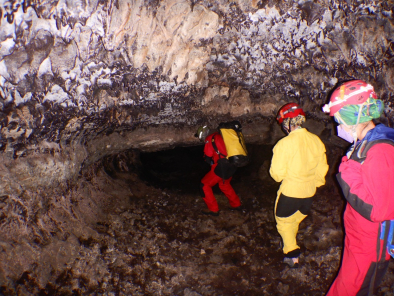
Every Exploration In This Area, As Any Cave Explorer And Volunteers Here Will Tell You, To Start With A Walk In The Jungle.
The first of many steps toward eventually being able to dive for Mexico Cave Exploration is finding a cave and cenote.
The use of remote sensing (satellite data, LiDAR, drones, etc.) and professional-grade GPS allows one to locate caves and cenotes hidden deep in the jungle, among many other advantages that did not exist 20 years ago.
The data gathered en route to the cave and cenote can be arranged, examined, and visualized with the aid of a Geographic Information System (GIS). Still, there are still big obstacles to overcome on the way to Mexico Cave Exploration!
The biggest obstacle is getting the equipment to the cave and cenote's edge to go scuba diving. Volunteers have assisted in transportation over the years with human strength to a successful Mexico Cave Exploration, However, the caves and cenotes to explore are more difficult to reach and farther away than before.
What Then Does It Take To Literally Walk The Extra Mile To Venture Out And Explore Mexican Caves?
Working in the Yucatan jungle can be intimidating. It's hot and muggy, crawling with thorny plants, sharp limestone, and poisonous reptiles. This is a dangerous place to be hurt, and that is the last thing we want to happen. Factors that can influence an individual's performance include familiarity with the jungle environment, physical fitness, mental toughness, a strong sense of teamwork, and the application of common sense guidelines, which are akin to those learned by cave divers. Hence, being assisted by volunteers in Mexico Cave Exploration motives.
Understanding of the Jungle Environment!
Volunteers have gained a great deal of knowledge about how to function in this region's environment over the years. Their knowledge of this world has been shaped by numerous insights from the Maya community they work with, as well as small lessons they've learned from our own mistakes along the way. The use of machetes is one lesson.
There is an idealized idea of hacking your way through the forest. The truth is that you get more and more exhausted when you hack. You are more likely to sever a limb the more exhausted you are.
After that, only machetes are used when necessary. When a trial needs to be made, volunteers' assistance is compulsory in the field.
Volunteers Assisting in Mexico Cave Exploration Have A Lesson To Impart:
Always look down when you stop walking, and make sure you can see what you are going to grab before reaching out to grab it. It is not enjoyable at all to stand in an anthill or hold a cactus!
Always look down when you stop walking, and make sure you can see what you are going to grab before reaching out to grab it. It is not enjoyable at all to stand in an anthill or hold a cactus!
Teamwork, Mentality, and Fitness: Of Much Importance!
Maintaining a high level of physical fitness is essential because a significant amount of gear should be carried and one must occasionally walk for up to a mile to reach the edge of the water. Add to that the possibility that diving is done for three to six hours every day. Staying in shape is largely important because of the act of cave diving itself here. Nevertheless, even when you are not diving, you make a concerted effort to be as active as you can be.
Success Also Requires Having A Positive Outlook.
Things do not always go as planned on certain days. Morale can be greatly improved by being able to laugh it off and direct our energies elsewhere.
Having a small team is also essential for success. More equipment needs to be brought out when there are more divers in the water.
When it comes to logistics alone, fewer divers are preferable. Once in the water, volunteers also functions much more effectively and efficiently.
A Commonsense Method.
It is not a trait that all people are born with. When you first start cave diving, a lot of what you learn is grounded in common sense. It would seem obvious to address backup lighting, a gas reserve, guidelines, and receiving high-quality training.
The volunteers, pioneers and experimenters of cave diving had to learn their lessons on the fly. The majority of the guidelines to be adhered to cave dive safely are common sense fixes for issues that were once deadly and widespread.
Volunteers will constantly ask to explore Mexican caves and the jungle with them while bringing their strong mentality. Redundancy ought to be present in our navigation systems. The batteries in a paper topographical map and compass never run out. Enough water should be set aside to travel the entire length of our intended route. It is not necessary to hold much in reserve in case another course of action is required. Every time you venture into the jungle these days, you still learn something new. In the end, the difficulties are worth it when you spend time doing what you love with your closest friends.
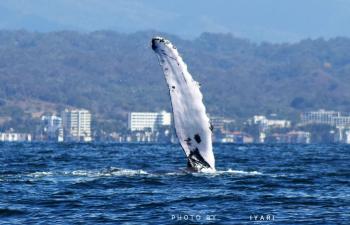
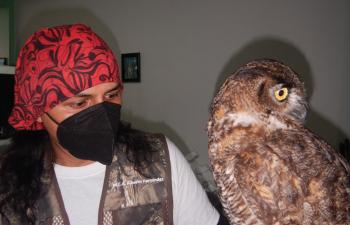
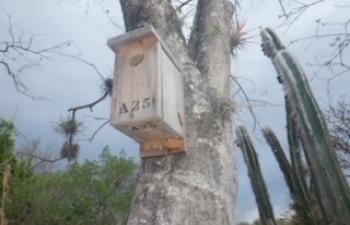
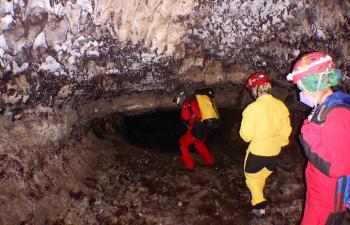
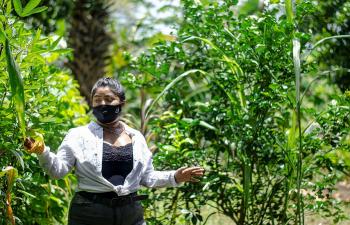
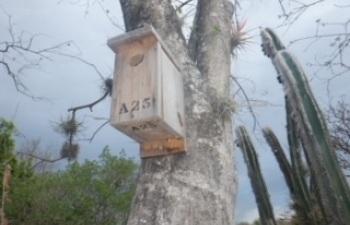
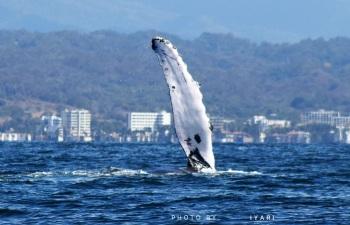
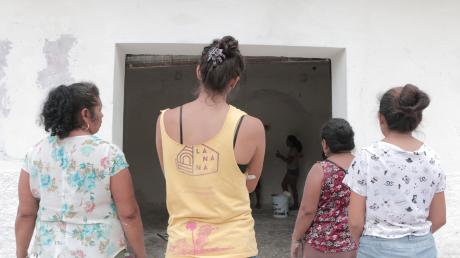
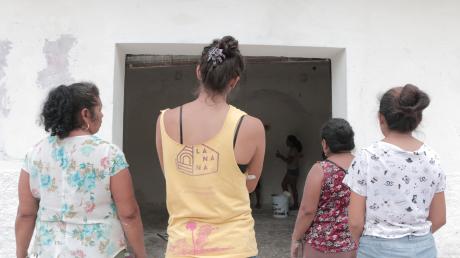
Comments